A report on the development of the water supply in Afghanistan.
Water is a very precious commodity in Afghanistan. Actually there is enough for all, but in many regions the locals must wrest laboriously every drop of the country. Charities fight side by side with Afghans against thirst, poverty and slow administrative structures.
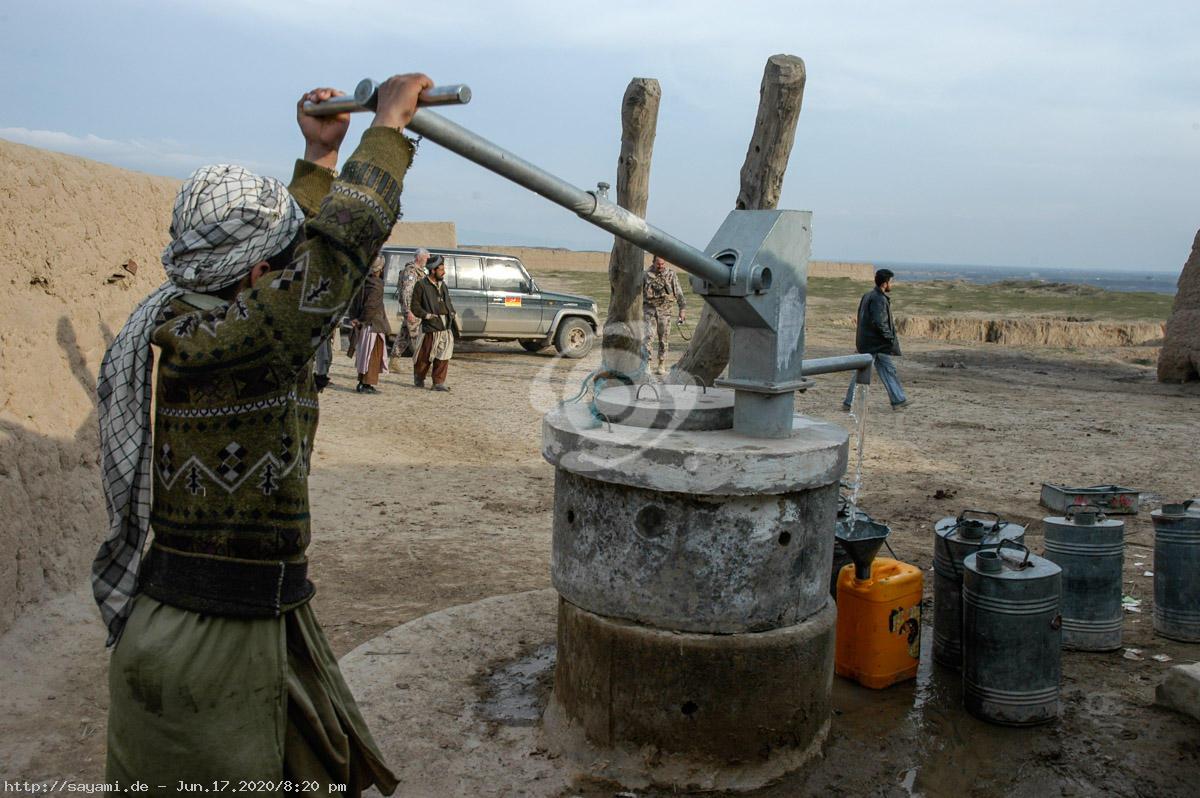
The Farmboy Sediq hangs with all his strength to the metal lever of the water pump. From the fountain a weak jet of clear water flowing in the metal container, then transported to Sediq with the donkey to his family's farm. "Before the fountain was built here, we had to go down to the river to meet our water needs, more times a day." In the distance, the brown colored Kunduz River winds its way through the plain. Sediqs father Mumand proudly displays on the painted German flag on his fountain: "A year ago, German soldiers have drilled us the well here." Sediqs family was lucky.
But most of their Afghan compatriots are less privileged. One study of World Health Organization according to only 13 percent of the population have access to clean water. In some remote rural areas, it is still much worse with the drinking water supply.
Many international aid organizations working to improve the desolate situation - with action such as in Baghak, a village in the province of Tahar in the northeast of the country. The dusty village square is dominated by a drilling rig, around many of the male villagers have gathered. Amazed, they track how the iron monster itself works deeper and deeper into the ground. The German Agro Action drilled here by water and has struck it rich. While up in the village the drill is going deeper into the soil, a veiled woman on the river fills the two steel drums on the back of a donkey with brown water. Til to day, 700 families in the village have supplied with water from this murky waters.
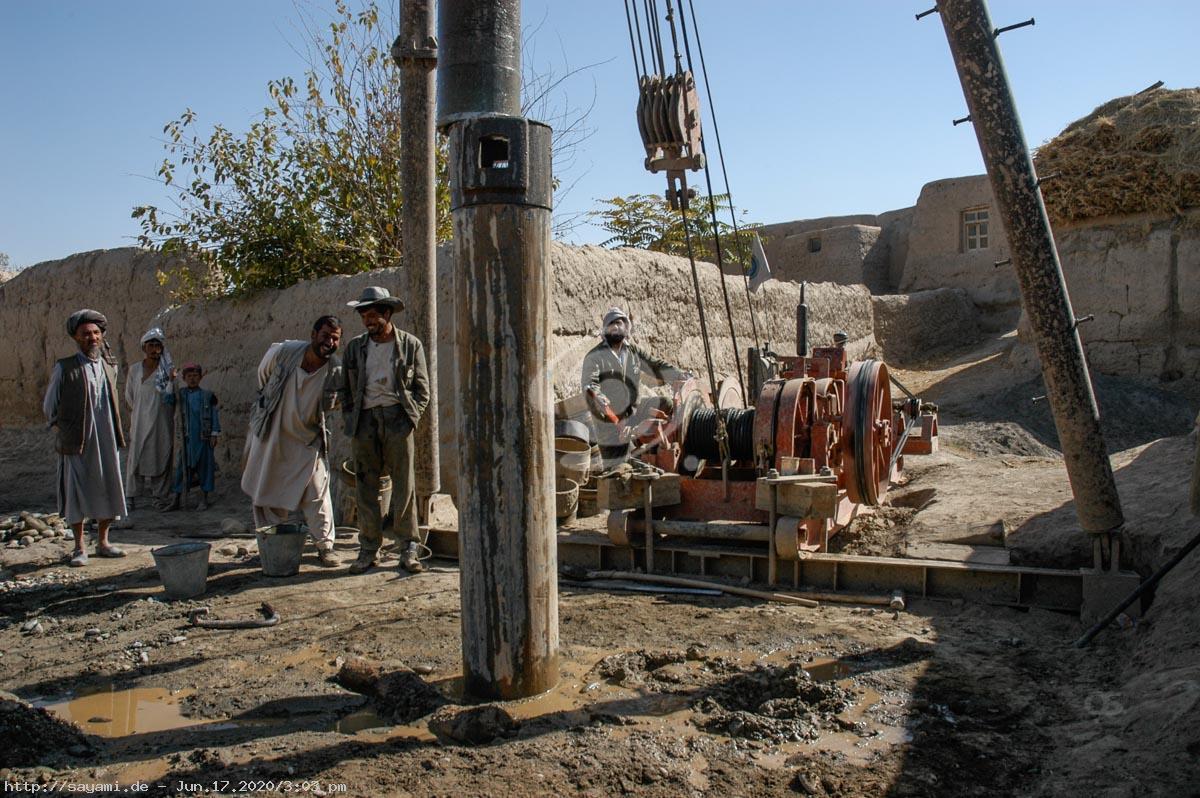
Because a fountain can provide only 20 families, the Deutsche Welthungerhilfe plans to build another well. A total 370 should be created in the area of Kunduz. But the budget is tight, and the routes of administration are often complicated. "We will need to contact each decision makers individually", says project manager Joachim Bönisch of the German food aid. The Mullah must be involved, the Mayor and the District Governor. Then the helper must find an appropriate place - and this is more difficult than you might think. For example a well may be built not on the yard or at the entrance to a mosque, because women who get usually the water, not allowed in there.
"We had previously no choice"
"We demand from the communities a symbolic involvement, five sacks of cement and stones for the foundation", project manager Bönisch tells. Only on that way achieve that the local people participate in the project. The construction of a well costs $700. At the end the municipality will have a well with hand pump, which they can fix in case of damage, because the helper make sure that the technology of mechanical pumps comes from local companies. In Baghak four fountains should be installed, not enough - but a first step.
Like pure luxury seems a project that the Welthungerhilfe realized in Khanabad, a city East of Kunduz. A cistern above the town, which are filled through a well, should provide many homes with clean water - directly from the faucet. So far, the families had to operate from blocking the channels or the river. "We had previously no choice, we had to drink that dirty water", says mayor Muhammed Azam. Diseases were the result, especially the children had suffered from the hygienic maladministration, he reported. It is now different, Azam, also hopes when now every household gets a counter although the water costs money. Welthungerhilfe has tried to win as many native workers and partners for the project--so Afghans should get to "their water" a reference, feel responsible for. "We are sure that the inhabitants recognize the value of water - for power they have to pay as well."
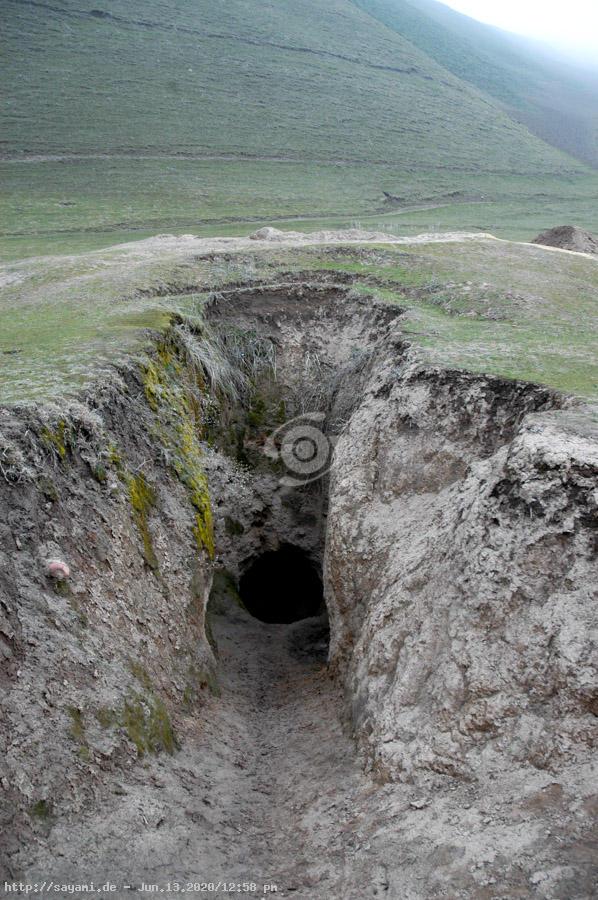
Water boffins in the mountains
The organizations always try to include the energy and initiative of the Afghans. In some places, it is not necessary, in a high valley in Khanabad for example: Before ever any aid organization had entered the country, the villagers have developed a method for water storage. Of necessity, because in the valley are no river water, or fountains. In the barren slopes of the hills are gaping holes, up to 20 feet deep and with a diameter of five to eight meters.
A small path leads deep down at the bottom of the holes. In winter, when the first snow falls, the pits are filled with snow, this is then pressed and covered with a thick clay-straw mixture. So people can supply far into the summer with fresh water - provided enough in the winter snow has fallen. Sufficiency of which is but in the long run, because the population is steadily increasing. The German Agro Action has therefore been built near a cistern, which is fed by a well.
Some have too little, others too much
Where one thirst for water, others are fighting against muddy floods: Normally, the emerald green, clear river Kokcha winds quietly through the bizarre mountain Badakhshan in the northeast of the country. From Feizabad up to occur after Eshkashem dozens of communities on the shores of Kokcha, the city Baharak for example, and many rugged side valleys. Along the river a dusty gravel road , the only connection to the backland. In the summer of 2005, however, everything was different. Due to the harsh and snowy winter, the early summer usually moderate swelling river had turned into a raging stream, that everything aroused which stood in his way. Bridges, roads and settlements.
The main street of Feizabad to Baharak was no longer available on a 500 meter long piece. "This road is very important, this is the only supply route for the people of the underlying valleys", Henning Plate, head of the German Federal Ministry for economic cooperation in Feizabad told. Due to the devastation all goods had to be transported cumbersome and time consuming with donkeys and camels. Today, traffic rolls freely again, thanks to organizations such as the society for technical cooperation, mission East, World Food program and the local Governor. "For the first time we scrambled together various organizations", says project manager Jörg Yoda.
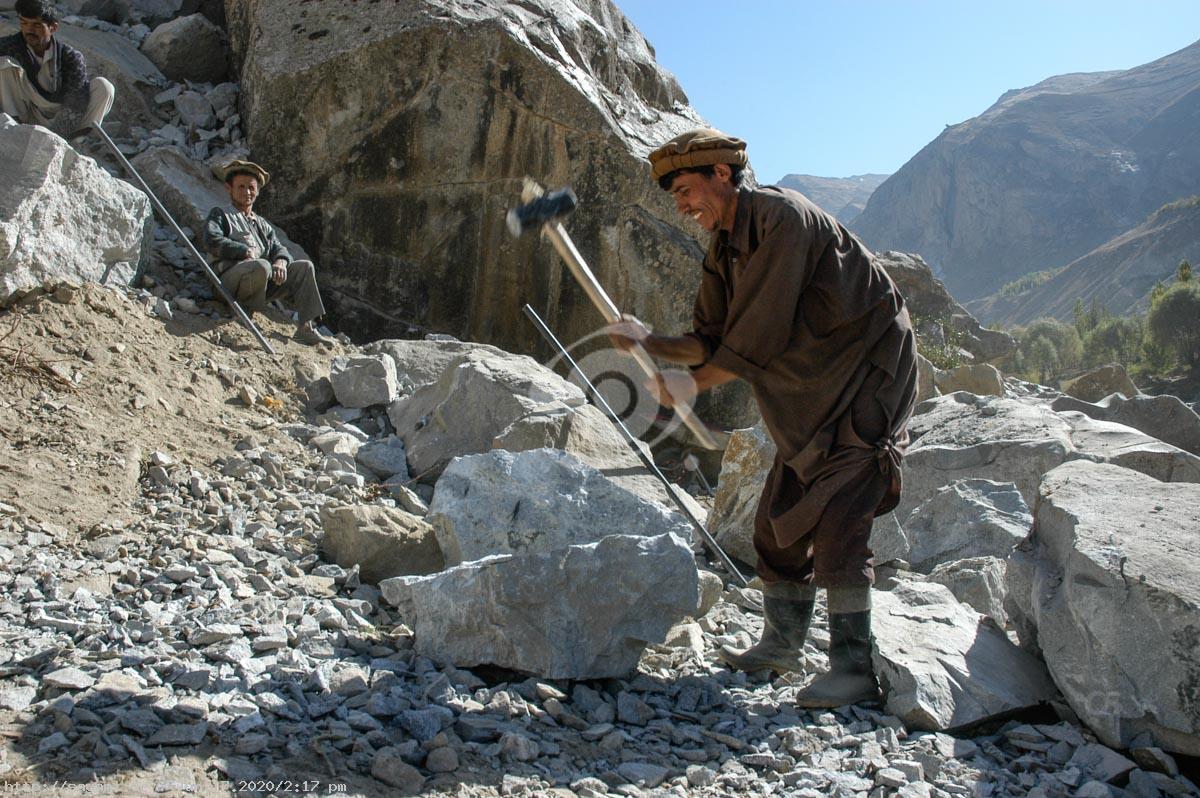
Hammering for the new road
At another point on the route, a deep, rocky gorge, banging Afghan workers with archaic tools on rocks that are formed precisely to paving stones. On the opposite side of the river several villages are visible, which can be accessed at the moment only on foot via a wooden adventurous bridge. The road down the river community workers have already worked out on their own from the steep mountainside. "These are small moments that I think are important: if you see that people begin to take their destiny into their own hands," says aid workers Yoda.
Support and initiative - Afghanistan needs both, to get on its feet. It will take years until the people in the country can turn on a faucet in the House or have at least a well from which comes potable water. If at all.This translation is generated automatic, when I get more time I will correct as soon as possible.
A report by Omar Sayami published on SPIEGEL ONLINE
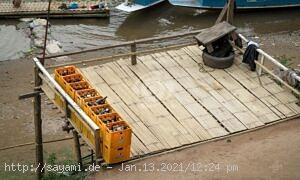
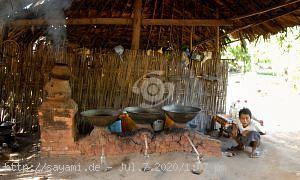
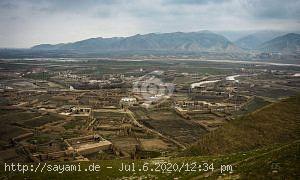
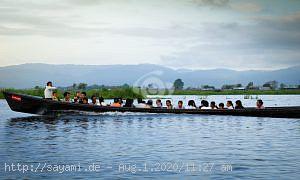
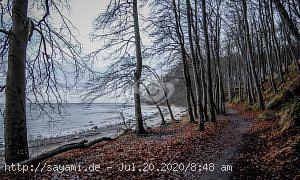
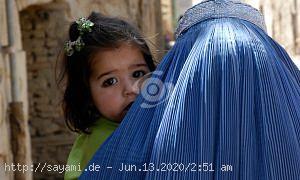
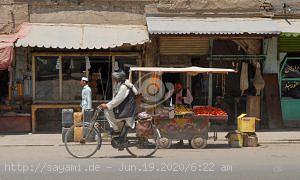
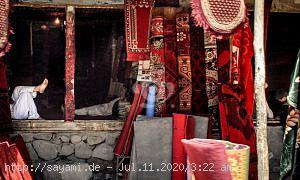
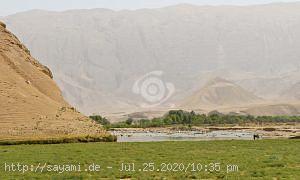
Sehr interessant – hoffentlich geht es mit der Erschließung sauberen Wassers weiter!!
somebody get these people some water!
Ich wunder mich immer wieder dass Menschen sich von klerikale Regeln das Leben erschweren lassen. Ursprünglich sollte Religion doch das Dasein auf diesem Planeten verbessern.
Sehr interessante Reportage. Gratuliere.
Water, each passing day, becomes a most valuable asset. It’s only when it begins to fail that we give due value.
schön, dass jetzt so viel verknüpft ist….. :-))